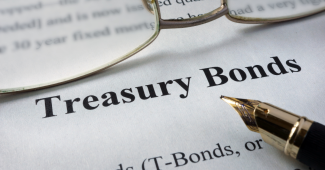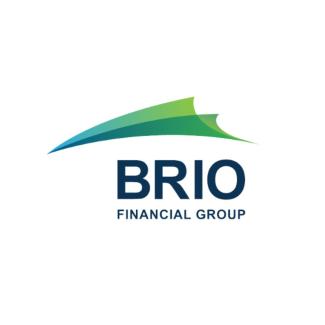
A U.S. Treasury Bond That Yields 7%? Really? YES.
by Brandon Miller on Jan 19, 2022
Much has been written about inflation this year – and no doubt, you have also read an article or two about inflation’s silver lining, the potential for better returns on certain fixed-income investments given the chance of higher interest rates in the near future.
Speaking of silver linings, have you looked at the latest yields on Treasury Series I Bonds?
The 30-year Treasury Series I Bond is now yielding 7.12%, its best yield since 2000. This is the second-best initial interest rate ever offered on these notes. If you are interested in a long-term, inflation-protected, government-backed investment with a high interest rate, you may want to look at these bonds. That 7.12% initial yearly rate of return will apply for all 30-year I Bonds issued through April 2022.1,2
Once you have owned a 30-year Treasury I Bond for at least 12 months, you can redeem it – and you may want to, especially when you compare this kind of yield with the roughly 0.5% average return on current 1-year certificates of deposit.2 Remember, Certificates of Deposit are insured — up to $250,000 per investor, per institution — by the Federal Deposit Insurance Corporation, or FDIC.
If you redeem an I Bond before it is five years old, you lose the last three months of interest. Treasury Series I Bonds are guaranteed by the federal government as to the payment of principal and interest. However, if you sell an I Bond prior to maturity, it could be worth more or less than the original price paid.
The “I” in “I Bond” references inflation – these securities are inflation-adjusted. The 7.12% interest rate set for the 6-month period ending in April could be reset higher or lower by the Department of the Treasury in future 6-month intervals, in response to inflation. It is actually a composite interest rate, a combination of a fixed interest rate on the bond at the time of issue (0%) and an inflation rate set by the Department of the Treasury (7.12%).1
Where else will you find a fixed-rate investment yielding 7%? Even if the interest rate on the 30-year Treasury I Bond moves lower with time, it may still exceed yields of other fixed-income investments. The yield could increase in the long run. As an example, people who purchased new 30-year Treasury I Bonds in mid-2000, when the inflation rate was 3.6%, are seeing their I Bonds yield close to 11% today (3.6% fixed rate at issue + 7.12% inflation rate).2
You may be able to buy as much as $25,000 in I Bonds per year – or more. Single filers can purchase up to $10,000 of digital I Bonds annually, plus up to $5,000 of paper I Bonds with their federal income tax refund. Joint filers can buy up to $20,000 of the digital variety per household, and up to $5,000 more by using the aforementioned tax refund. Your annual I Bond buying may even surpass these limits if you buy some of these Treasuries as gifts.2
You can elect to defer the interest on an I Bond until it matures, you cash it in, or the bond is reissued to someone else, or you can simply report the interest earned annually. The interest earned is exempt from state and local income tax; only federal income tax applies.1,2
As a last note here, adjustments in the principal of a Treasury bond are taxed as interest in the year the adjustment occurs, even though the principal adjustment is not received by the bondholder until maturity. Individuals should consider their ability to pay the current taxes before investing.
Does all this give you some food for thought? If you are hungry for more yield from fixed-income investments, it just might. Call or email us to learn more about 30-year Treasury I Bonds.
This material was prepared by MarketingPro, Inc.
Brio Financial Group is a registered investment adviser. Advisory services are only offered to clients or prospective clients where Brio Financial Group and its representatives are properly licensed or exempt from licensure. No advice may be rendered by Brio Financial Group unless a client service agreement is in place.
Citations:
1 - Kitces.com, December 8, 2021
2 - New York Times, November 3, 2021
